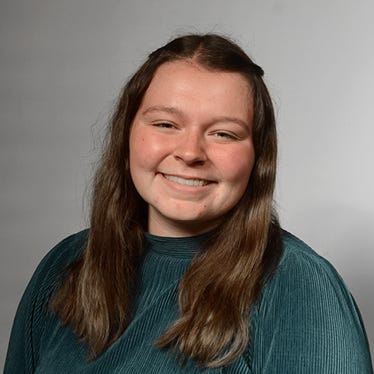
With so much to remember when it comes to forage management, having the answers in your pocket can make life easier. Purdue Extension has made that possible through the recently updated Forage Field Guide.
Among the additions is a simplified process for calibrating drills and broadcast seeders. Keith Johnson, professor of agronomy at Purdue, and his team have created a step-by-step example to make this job easier.
“Proper seeder calibration is one area where people can reduce errors of seeding too much or too little seed,” Johnson says. “So, taking the time to get you close to what the expectation should be is pretty important.”
Drill calibration
Follow the steps below for calibrating your drill:
1. Determine PLS. Consult a reputable source to find the desired pure live seed in pounds per acre for the forages being seeded.
2. Find PLS percentage. Using the seed tag, find the germination percentage and pure seed percentage to determine the PLS percentage. Multiply germination percentage and pure seed percentage; then divide by 100 to get your PLS percentage.
3. Calculate seeding rate. Once you have the PLS percentage, divide the desired PLS seeding rate per acre by the PLS value in decimal form. This number is your target bulk seeding rate per acre, in pounds.
4. Collect seed. Attach plastic bags to a minimum of four detached seed tubes on a drill capable of seeding forages. Drive a predetermined distance — at least 100 feet — and let the seed collect in the attached bags across that distance.
5. Determine acreage. For this step, complete the following calculations to determine the portion of an acre that was covered in that test. The numbers used are an example:
4 rows of detached tubes x 7 inches per row = 28 inches
28 inches / 12 inches per foot = 2.33 feet
2.33 feet x 100-foot driving distance = 233 square feet
233 square feet / 43,560 square feet per acre = 0.00535 acre in test
6. Weigh seed. Measure the weight of the collected seed in grams.
7. Determine correct seed amount. Multiply the portion of an acre in the test run by the desired seeding rate in pounds to find how much seed should have been collected. Convert the answer to grams by multiplying it by 454.
8. Compare. See how the desired seed weight in the previous step lines up with the actual amount of seed collected. If they do not match, continue to adjust the drill and repeat this process until you come close to meeting the desired seed to be collected and feel comfortable moving forward.
Find more forage info
To learn how to calibrate a broadcast seeder, order a copy of the Purdue Forage Field Guide. A sampling of other updates and additions to this newest edition include soil fertility changes, information on tar spot, production practices for corn silage and information on listeriosis.

EASY ANSWERS: The updated Purdue Forage Field Guide contains easy-to-access information for all your forage questions. Seeder calibration is just one of the new additions. (Allison Lund)
If ordering these field guides for your business, custom covers can be created with orders of at least 100 copies. It has been at least five years since the last edition of this guide, and Johnson adds that the information included is beneficial for a variety of professionals.
“This is a great educational tool that can be given to farmers and for companies to have their information on the front and back cover,” Johnson adds.
For more information on purchasing your own guide, head to edustore.purdue.edu.
About the Author(s)
You May Also Like






